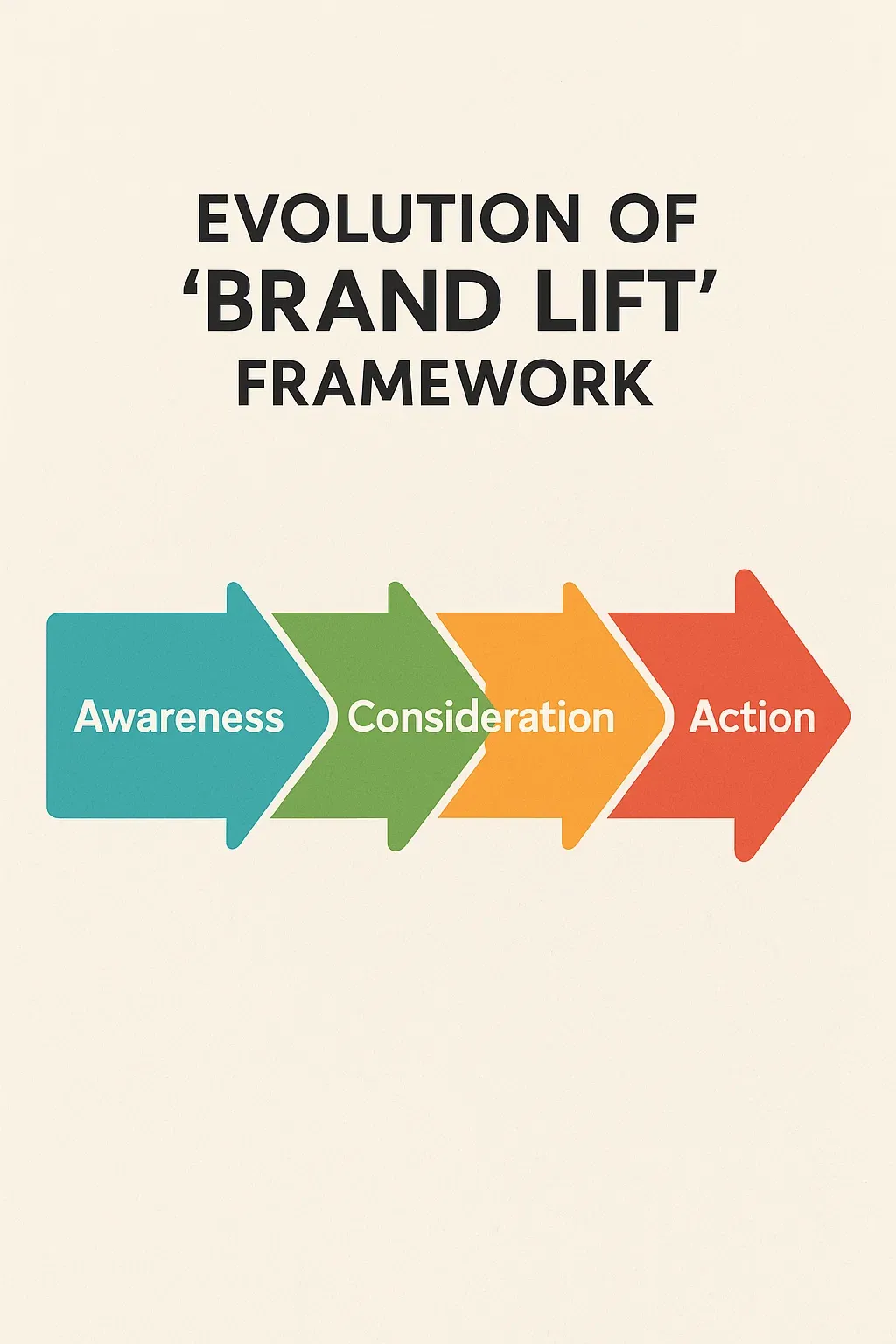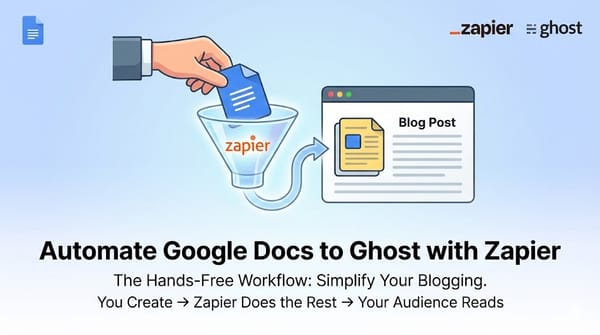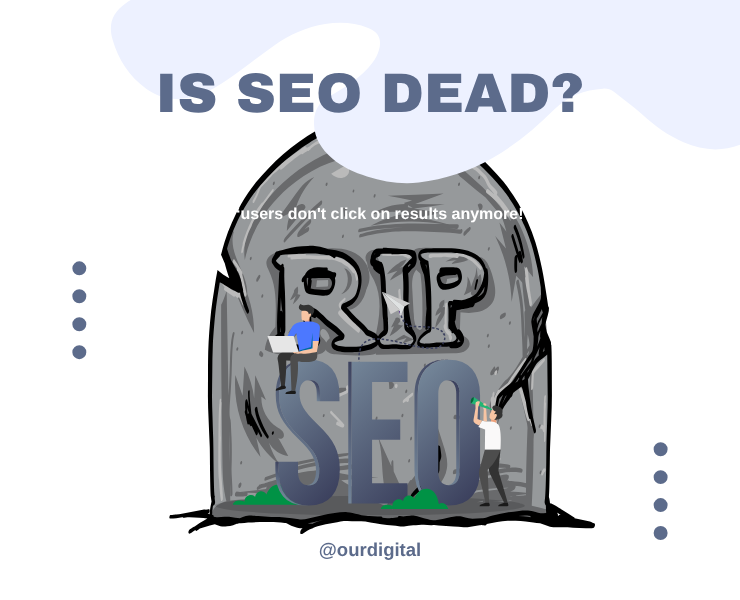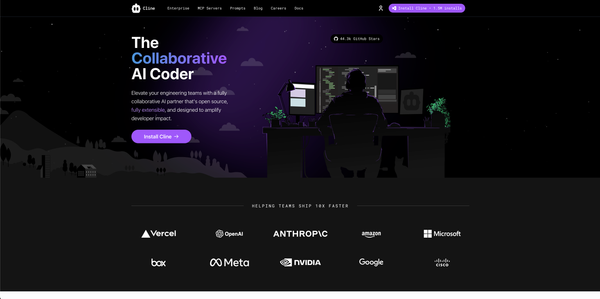How to Measure the True Impact of Your Digital Ads on Brand Health in 2025?

The Paradox of Measuring the Unmeasurable: Brand Lift in the Age of Digital Consciousness
For decades, digital advertising has spoken in the language of immediacy—clicks, conversions, engagement rates. These metrics promised total transparency, a complete map of human behavior reduced to neat dashboards. Yet something essential remained invisible: the slow, subtle shifts in human consciousness that truly define a brand's impact.
The Illusion of Perfect Measurement
We inhabit an era drunk on data. Every scroll tracked, every hover timed, every click catalogued. The digital revolution promised advertisers something unprecedented: the ability to follow desire from inception to purchase, to map the consumer mind with surgical precision.
But this promise concealed a fundamental blindness. While we counted clicks, we missed the moments of recognition. While we tracked conversions, we overlooked the gradual warming of sentiment. The most profound impacts of advertising—the ones that reshape how we perceive and relate to brands—remained stubbornly invisible to our sophisticated tracking pixels.
Brand Lift emerges as an attempt to bridge this gap, to capture what Virginia Woolf might have called the "moments of being" in consumer consciousness. It asks not what people did, but how they changed.
The Laboratory of Human Perception
The methodology of Brand Lift studies transforms the digital space into a vast experimental chamber. Two randomly selected groups: one exposed to advertising, one kept pristine. Then comes the intervention—not of pixels or cookies, but of direct inquiry: "What do you think of us now?"
This isn't merely A/B testing scaled up. It's an attempt to apply the scientific method to the ineffable realm of human perception. The gap between exposed and unexposed groups becomes a measure of influence, a quantification of the qualitative.
Yet here lies the inherent contradiction. Like Heisenberg's uncertainty principle applied to marketing, the very act of measurement changes what we measure. The moment we ask someone about brand awareness, we've already altered it.
The Hierarchy of Consciousness
Brand Lift studies dissect human awareness into five distinct layers, each representing a deeper level of psychological engagement:
Ad Recall—The ghost in the machine of memory. Among the endless stream of digital stimuli, what survives? This metric hunts for the faintest traces of impression, the afterimage left on consciousness.
Brand Awareness—The shift from void to presence. To know a brand's name is to grant it existence in one's mental universe. The difference between awareness and ignorance is infinite.
Consideration—The moment a brand transitions from background noise to active possibility. In the overcrowded marketplace of choice, earning a place in the consideration set is its own victory.
Favorability—The temperature of sentiment. Not just recognition, but warmth. The delicate alchemy that transforms neutral acknowledgment into positive disposition.
Purchase Intent—The bridge between thought and action. The measurement of potential energy, of decisions not yet made but already forming in the quantum foam of consumer consciousness.
Each level represents not just a marketing metric, but a phenomenological state—a way of being in relation to a brand.
Search as the Language of Unconscious Desire
Beyond surveys lies another signal: Search Lift. The increase in organic searches following ad exposure reveals something surveys cannot capture—unconscious curiosity made manifest.
The search bar has become our culture's confessional, the place where we articulate desires we haven't yet acknowledged. When someone types a brand name into Google after seeing an ad, they're participating in a ritual of modern desire—the gap between stimulus and search filled with the invisible work of persuasion.
Social listening adds another dimension. The ambient conversation about brands across digital spaces provides an unfiltered stream of consciousness—raw, unstructured, authentic. These are the whispers and shouts that traditional metrics miss entirely.
Privacy and the Transformation of Measurement
We stand at an inflection point. The cookie—that tiny packet of tracking data that defined digital advertising for two decades—crumbles before our eyes. Privacy regulations and changing consumer expectations are forcing a fundamental re-imagining of how we understand advertising impact.
This isn't merely a technical challenge; it's an epistemological shift. When surveillance becomes impossible, conversation becomes necessary. Brand Lift studies gain new relevance in this privacy-first world—they ask rather than stalk, inquire rather than spy.
But the walled gardens remain. Google measures lift within its ecosystem, Meta within its own, TikTok in its sphere. Each platform becomes its own universe of measurement, and the unified theory of advertising impact remains elusive.
The Value of the Immeasurable
Brand Lift represents a paradox at the heart of modern marketing: the attempt to quantify the un-quantifiable, to reduce the irreducible complexity of human consciousness to percentage points and confidence intervals.
Perhaps this is the defining tension of our age—the compulsion to render everything as data, even as we recognize that the most important things resist such reduction. A brand isn't just a collection of assets and associations; it's a relationship, a feeling, a way of being in the world.
The question isn't whether we can measure these things perfectly—we cannot. The question is whether our imperfect measurements bring us closer to understanding the mysterious alchemy between message and mind, between brand and being.
Beyond Metrics: A New Framework for Understanding
As we navigate this landscape of partial visibility and imperfect measurement, we might ask: What if the obsession with measurement itself is part of the problem? What if the most valuable impacts of advertising are precisely those that resist quantification?
The future of advertising measurement may lie not in ever-more sophisticated metrics, but in accepting the fundamental uncertainty at the heart of human consciousness. Brand Lift, for all its scientific pretensions, is ultimately an exercise in structured humility—an acknowledgment that even our best efforts to measure impact will always fall short of capturing the full complexity of how brands live in human minds.
The real question isn't "How much did our brand lift?" but rather: "What kind of presence are we creating in the world? What relationships are we fostering? What meanings are we making possible?"
These questions don't have percentage-point answers. They require a different kind of thinking—one that embraces both the rigor of measurement and the wisdom to know its limits.



